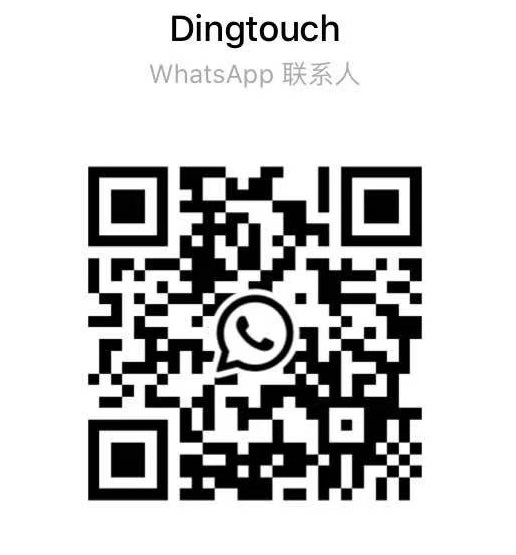News
How To Separate Touch Screen From Lcd?
How To Separate Touch Screen From Lcd?
Content Menu
● Tools and Materials Required
● Step-by-Step Separation Process
>> Method 1: Using an LCD Separator Machine
>> Method 2: Manual Separation
● Advanced Techniques for Stubborn Screen
● Troubleshooting Post-Repair Issues
>> 1. Can I reuse the LCD after removing the glass?
>> 2. What temperature is safe for heating the adhesive?
>> 3. How do I handle heavily cracked glass?
>> 4. Is a hair dryer sufficient for manual separation?
>> 5. Can I replace only the glass without a separator machine?
DINGTouch:Separating a touch screen from an LCD is a critical skill for repairing smartphones, tablets, or laptops with damaged displays. This process requires precision, specialized tools, and an understanding of the adhesive bonding these layers. Whether you're replacing a cracked digitizer or salvaging an undamaged LCD, this guide covers professional techniques, common pitfalls, and post-repair steps to ensure success.
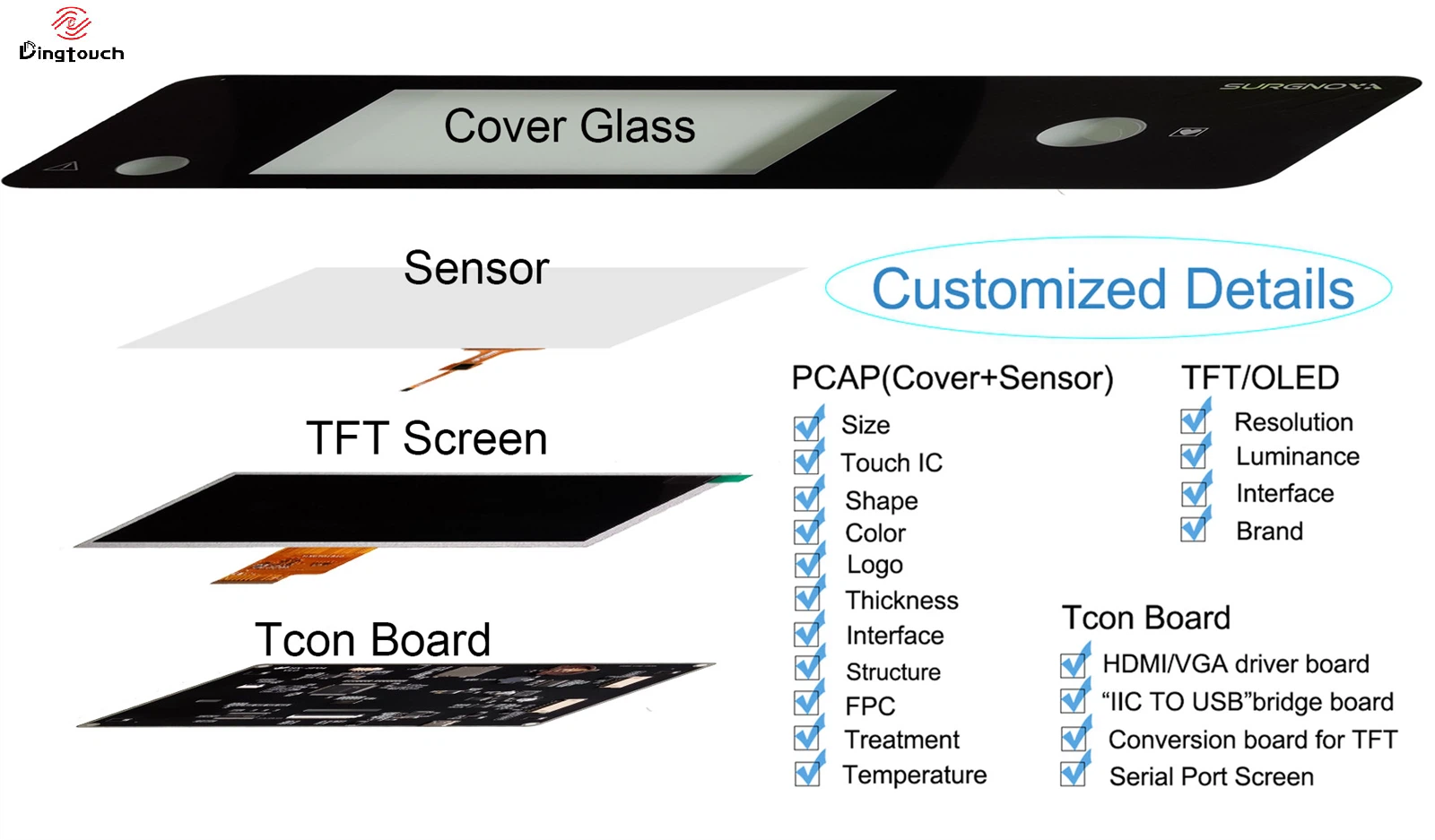
Tools and Materials Required
Before starting, gather these essentials:
- LCD separator machine (manual or automated): Ideal for consistent results, especially for curved or edge screens like Samsung Galaxy models.
- Heat gun/hair dryer: Maintain temperatures between 70–120°C depending on device type.
- Suction cups and pry tools: Ensure secure grip and gentle separation without scratching the LCD.
- Molybdenum wire or thin thread (0.08–0.1 mm): Essential for slicing through adhesive layers.
- Isopropyl alcohol: Removes residual adhesive without damaging components.
- Replacement adhesive/OCA glue: Opt for UV-cured options for bubble-free bonding.
- Safety gear: Heat-resistant gloves and goggles to protect against glass shards.
Advanced Tools:
- Ultrasonic cleaners: Loosen stubborn adhesive without physical pressure.
- Acetone: Dissolve hardened adhesive on older devices.
- Vibration tools: Assist in separating tightly bonded layers.
Step-by-Step Separation Process
Method 1: Using an LCD Separator Machine
1. Prepare the Device:
- Power off the device and remove the battery (if applicable).
- Secure the screen to the separator's platform using vacuum suction to prevent slippage.
2. Heat the Adhesive:
- Set the machine to 80–120°C based on the device model (e.g., iPhones require lower temps vs. Samsung Edge screens).
- Allow 2–5 minutes for the adhesive to soften evenly across the screen.
3. Separate the Layers:
- Thread molybdenum wire between the glass and LCD.
- Use diagonal or horizontal motions to slice through the adhesive, adjusting pressure gradually.
4. Clean Residual Glue:
- Apply isopropyl alcohol with a microfiber cloth, avoiding abrasive materials.
Pro Tip: For curved displays like the Samsung Galaxy S8, use a separator with adjustable arms to match the screen's contour.
Method 2: Manual Separation
1. Apply Heat:
- Use a heat gun at 70–80°C to warm the edges of the glass, focusing on corners first.
2. Pry the Glass:
- Slide a thin blade or playing card under the heated edge, working incrementally around the perimeter.
- For heavily cracked screens, use fishing line to avoid pulling large shards.
3. Remove Adhesive:
- Clean the LCD with acetone if isopropyl alcohol fails, then rinse with distilled water.
Critical Tips:
- Avoid uneven heating, which can warp the LCD polarizing layer.
- For tablets like the Lenovo Yoga 2 Pro, apply heat in 30-second intervals to prevent overheating.
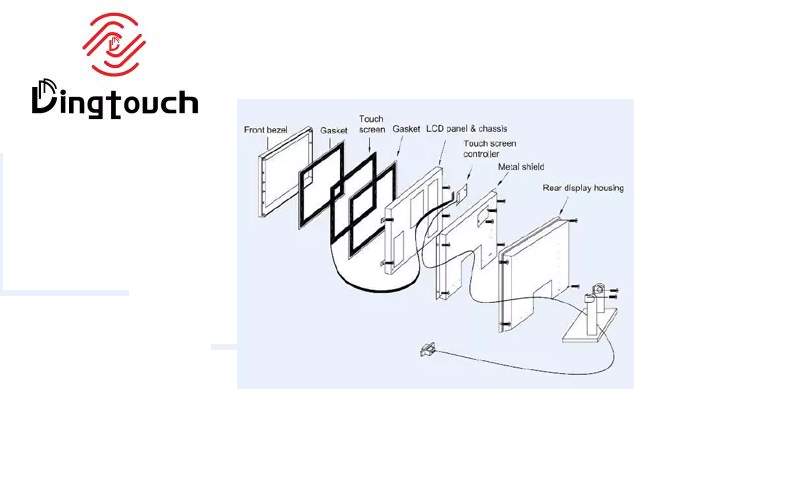
Advanced Techniques for Stubborn Screen
1. Freezing Method:
- Place the device in a -70°C freezer for 30 minutes to weaken adhesive bonds, then separate with a blade.
- Effective for older devices with hardened glue.
2. Double-Heating:
- Combine a separator machine with a heat gun for screens like the HP TX2500, which use dual-layer adhesives.
3. Edge-First Separation:
- For edge-sealed devices (e.g., iPhone 12), start separation from the top edge to avoid damaging flex cables.
Common Mistakes to Avoid
- Overheating: Exceeding 120°C may discolor LCD or melt internal components.
- Rushing the Process: Forcing separation risks cracking both glass and LCD.
- Ignoring Safety Gear: Glass shards and chemical fumes pose health risks.
Post-Separation Steps
1. Inspect the LCD:
- Check for dead pixels, cracks, or backlight damage using a multimeter.
2. Apply New Adhesive:
- Spread OCA glue evenly, then use a laminator to remove air bubbles.
- Cure with UV light for 10–15 minutes.
3. Test Functionality:
- Reconnect components and calibrate touch sensitivity via device settings.
- For iPhones, ensure Touch ID functionality by transferring the original home button.
Troubleshooting Post-Repair Issues
- Ghost Touches: Clean the digitizer connectors or recalibrate via software.
- Flickering: Check inverter connections and backlight voltage.
- Unresponsive Areas: Replace damaged flex cables or reseat connectors.
Conclusion
Separating a touch screen from an LCD demands patience and the right tools. While separator machines offer precision for devices like the iPhone 12 or Samsung Galaxy S8, manual methods work for smaller repairs. Always prioritize safety, test components post-repair, and recalibrate the touch interface. For complex tasks, refer to model-specific guides or consult professional repair tutorials.
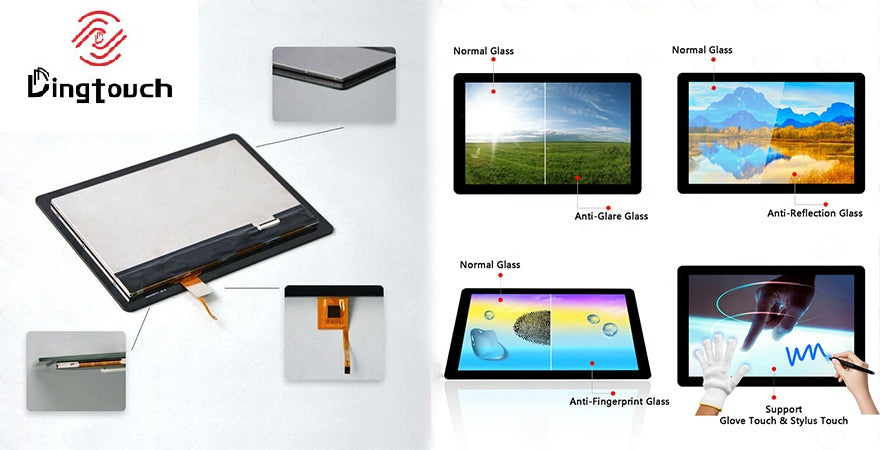
Related Questions & Answers
1. Can I reuse the LCD after removing the glass?
Yes, if the LCD remains undamaged. Clean residual adhesive thoroughly before reassembly.
2. What temperature is safe for heating the adhesive?
Most devices require 80–120°C. Exceeding this range risks LCD damage.
3. How do I handle heavily cracked glass?
Use a wire separator to slice through adhesive incrementally, avoiding large shards.
4. Is a hair dryer sufficient for manual separation?
Yes, but ensure even heat distribution to prevent hotspots.
5. Can I replace only the glass without a separator machine?
Yes, but manual methods have a higher failure rate. Practice on broken screen first.
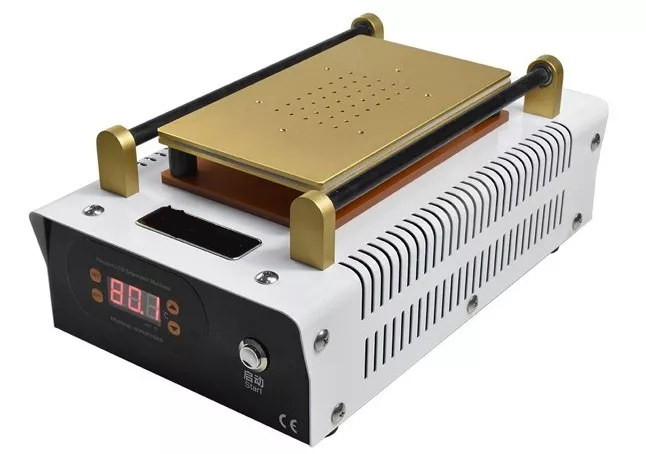
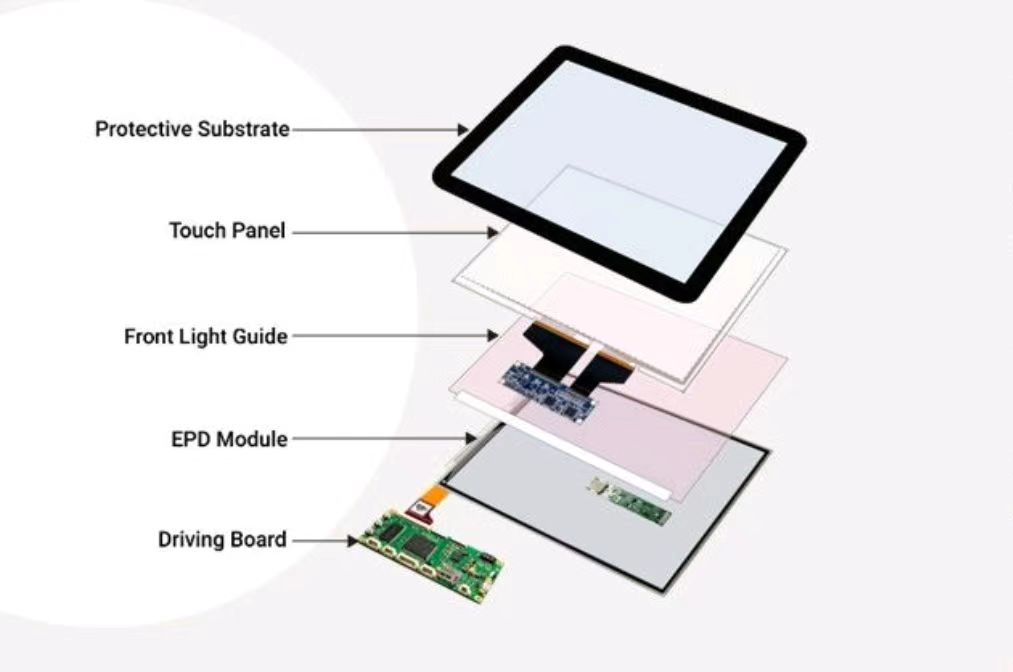
DINGTouch: Committed to continuous innovation and improvement of product quality to meet customers' high requirements and expectations.
DINGTouch is a manufacturer that provides high quality touch screen panels. Focus on the design, manufacturing and sales of touch screen panels, and are committed to providing customized solutions that satisfy customers.
DINGTouch: In the process of customizing touch screen panels, we focus on close cooperation and communication with customers. Understanding customers' needs and providing customized solutions will meet customers' individual needs. The company's products are favored by customers for their high quality and reliability, and provide them with the best touchscreen panel solutions.
At DINGTOUCH, we are the world's leading touchscreen manufacturer, helping businesses around the world take advantage of this exciting technology. For more information, please visit the home page now.
Find the DINGTouch technical team to achieve the success of your company's new project.
How to choose touch screen customization?
DINGTouch is a company specializing in the R&D and production of touch screen technology, headquartered in Shenzhen, China. As a professional touch screen supplier, DINGTouch is committed to providing high-quality, stable and reliable touch screen products to meet the diverse needs of customers. We continue to carry out technological innovation and product optimization to ensure that its touch screen products have good sensitivity, accuracy and durability.
In addition to the products themselves, we also focus on cooperation and communication with customers, and are committed to providing customized solutions and excellent after-sales services. Through continuous efforts to improve product quality and customer satisfaction, we have established a good reputation in the touchscreen industry and won widespread market recognition.

What DINGTOUCH can do:
• PCAP maximum size 65”
• Multi-touch (Touch screen can be customized to your needs.)
• Optical bonding service/air bonding
• LCD interface: HDMI/RGB/MIPI/LVDS/EDP, etc.
• PCAP interface: IIC/USB interface
• CTP can customize the cover glass surface treatment process AG (anti-glare), AR (anti-reflection), AF (anti-fingerprint), waterproof, and glove touch
• Supports 0.55 mm-12 mm coverslip touch.
• Support operating temperature: -40℃-90℃.
Dingtouch Industrial Capacitive Touch Screen Manufacturer
In conclusion, Dingtouch as a professional touch screen manufacturer with more than 10 years touch screen experience.We have many capacitive touch screen. Such as5 inch touch screen,7 inch touch screen,10.1inch touch screen,15 inch touch screen,15.6 inch touch screen,17 inch touch screen,18.5 inch touch screen,19 inch touch screen,21.5 inch touch screen,32 inch touch screen, However, we also welcome to customize your own touch screen . Contact our team today to learn what capacitive touch screen are best for our retail business needs.
Contact us NOW! sales@szdingtouch.com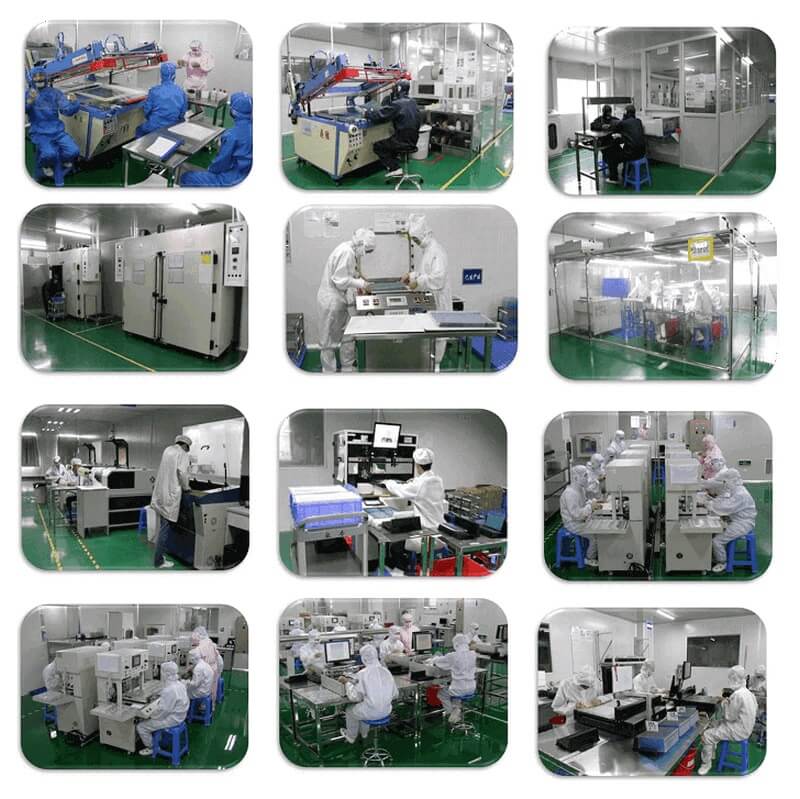
DINGTouch: Committed to continuous innovation and improvement of product quality to meet customers' high requirements and expectations.
DINGTouch is a manufacturer that provides high quality touch screen panels. Focus on the design, manufacturing and sales of touch screen panels, and are committed to providing customized solutions that satisfy customers.
DINGTouch: In the process of customizing touch screen panels, we focus on close cooperation and communication with customers. Understanding customers' needs and providing customized solutions will meet customers' individual needs. The company's products are favored by customers for their high quality and reliability, and provide them with the best touchscreen panel solutions.
At DINGTOUCH, we are the world's leading touchscreen manufacturer, helping businesses around the world take advantage of this exciting technology. For more information, please visit the home page now.
Find the DINGTouch technical team to achieve the success of your company's new project.
How to choose touch screen customization?
DINGTouch is a company specializing in the R&D and production of touch screen technology, headquartered in Shenzhen, China. As a professional touch screen supplier, DINGTouch is committed to providing high-quality, stable and reliable touch screen products to meet the diverse needs of customers. We continue to carry out technological innovation and product optimization to ensure that its touch screen products have good sensitivity, accuracy and durability.
In addition to the products themselves, we also focus on cooperation and communication with customers, and are committed to providing customized solutions and excellent after-sales services. Through continuous efforts to improve product quality and customer satisfaction, we have established a good reputation in the touchscreen industry and won widespread market recognition.
What DINGTOUCH can do:
• PCAP maximum size 65”
• Multi-touch (Touch screen can be customized to your needs.)
• Optical bonding service/air bonding
• LCD interface: HDMI/RGB/MIPI/LVDS/EDP, etc.
• PCAP interface: IIC/USB interface
• CTP can customize the cover glass surface treatment process AG (anti-glare), AR (anti-reflection), AF (anti-fingerprint), waterproof, and glove touch
• Supports 0.55 mm-12 mm coverslip touch.
• Support operating temperature: -40℃-90℃.
Dingtouch Industrial Capacitive Touch Screen Manufacturer
In conclusion, Dingtouch as a professional touch screen manufacturer with more than 10 years touch screen experience.We have many capacitive touch screen. Such as5 inch touch screen,7 inch touch screen,10.1inch touch screen,15 inch touch screen,15.6 inch touch screen,17 inch touch screen,18.5 inch touch screen,19 inch touch screen,21.5 inch touch screen,32 inch touch screen, However, we also welcome to customize your own touch screen . Contact our team today to learn what capacitive touch screen are best for our retail business needs.
Contact us NOW! sales@szdingtouch.com
CATEGORIES
CONTACT US
Contact: Dingtouch
Phone: +8615815536116
Tel: +8615815536116
Email: sales@szdingtouch.com
Add: Building A, Bailu Plaza, No. 48, Gonghe Industrial Road, Gongle Community, Xixiang Street, Baoan District, Shenzhen,China. 518126
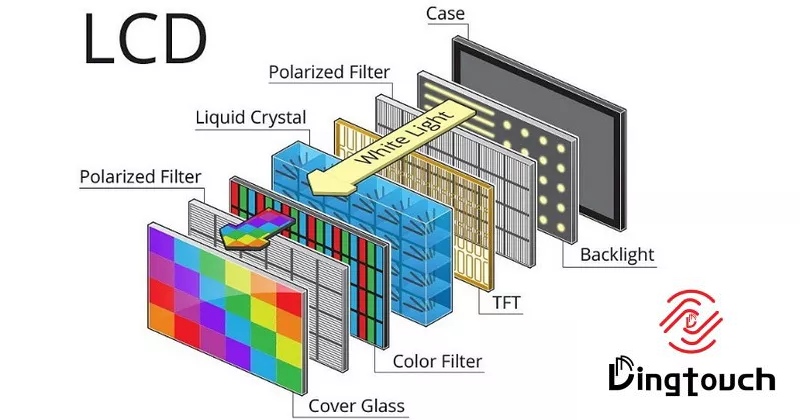
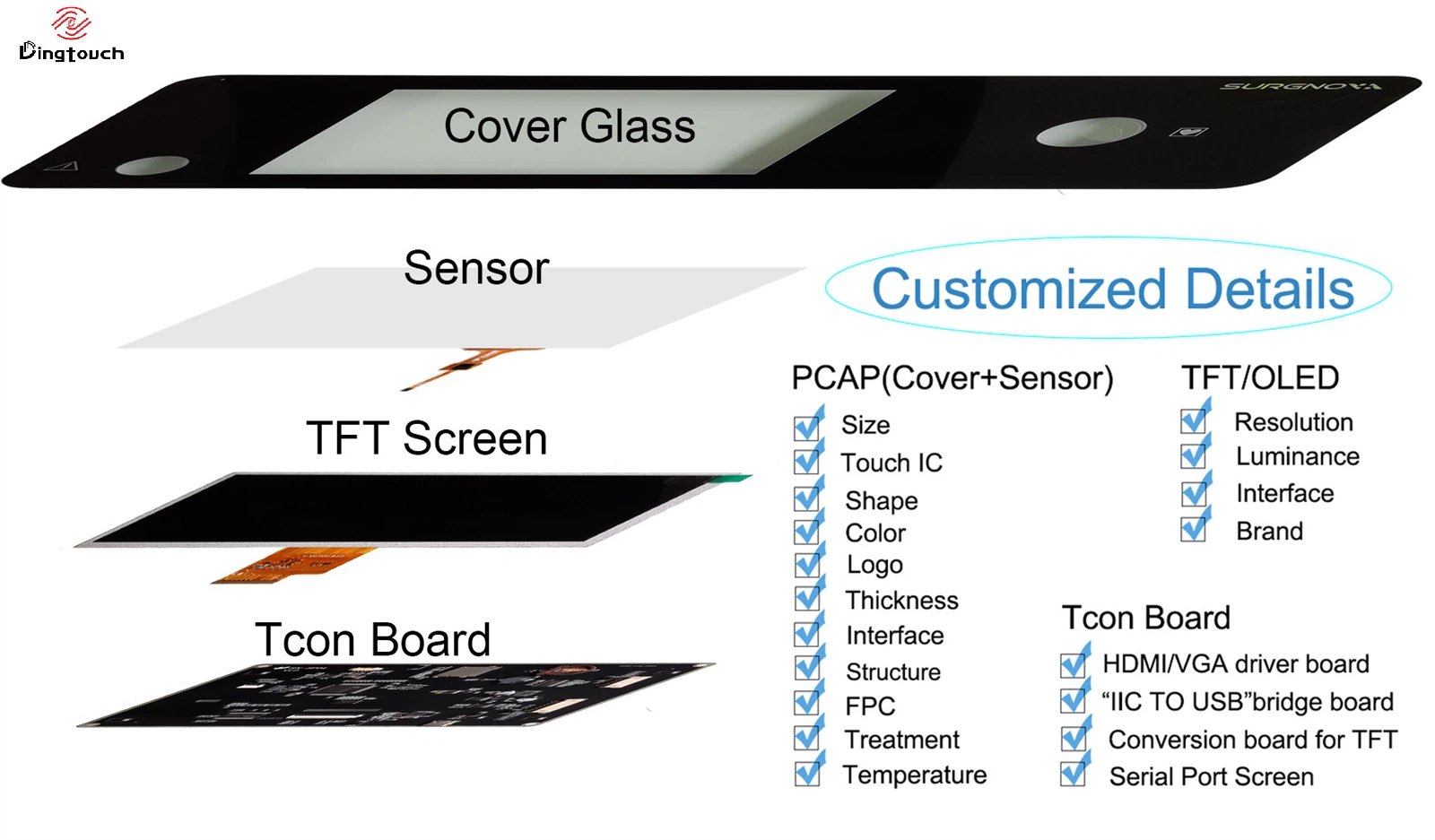

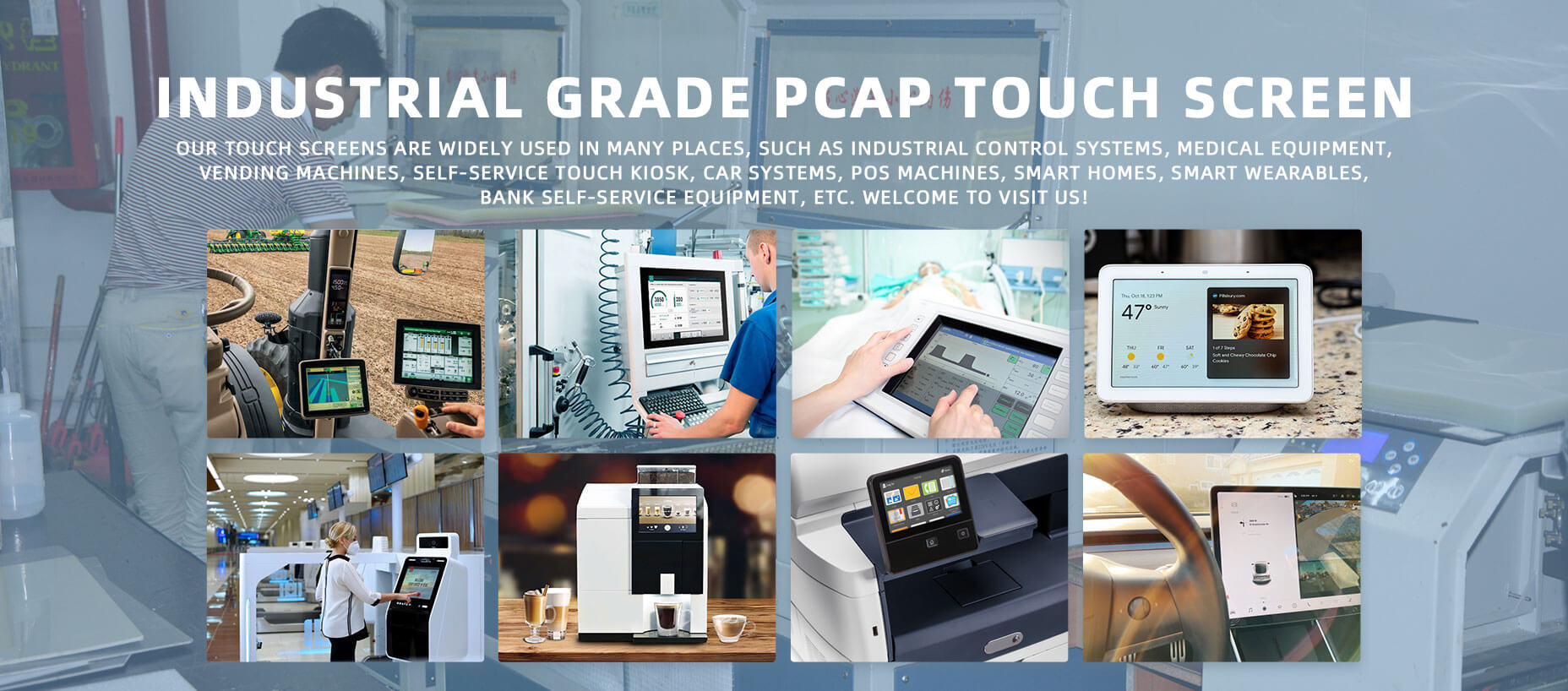
 Dingtouch
Dingtouch